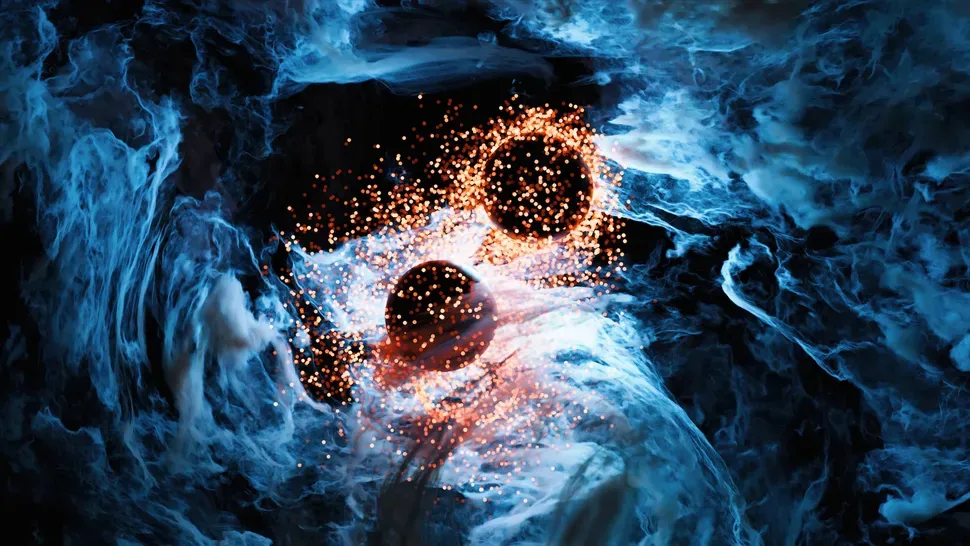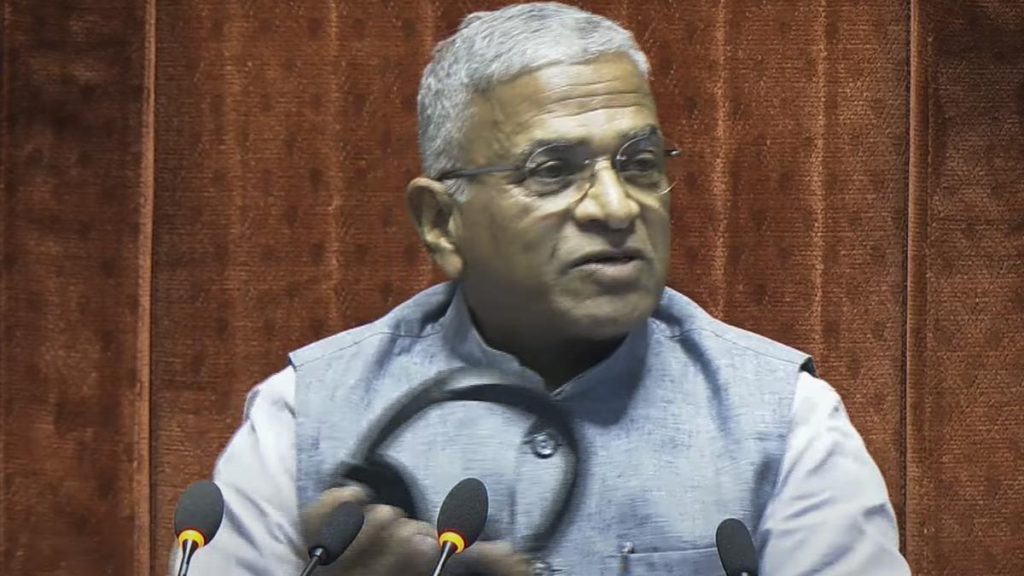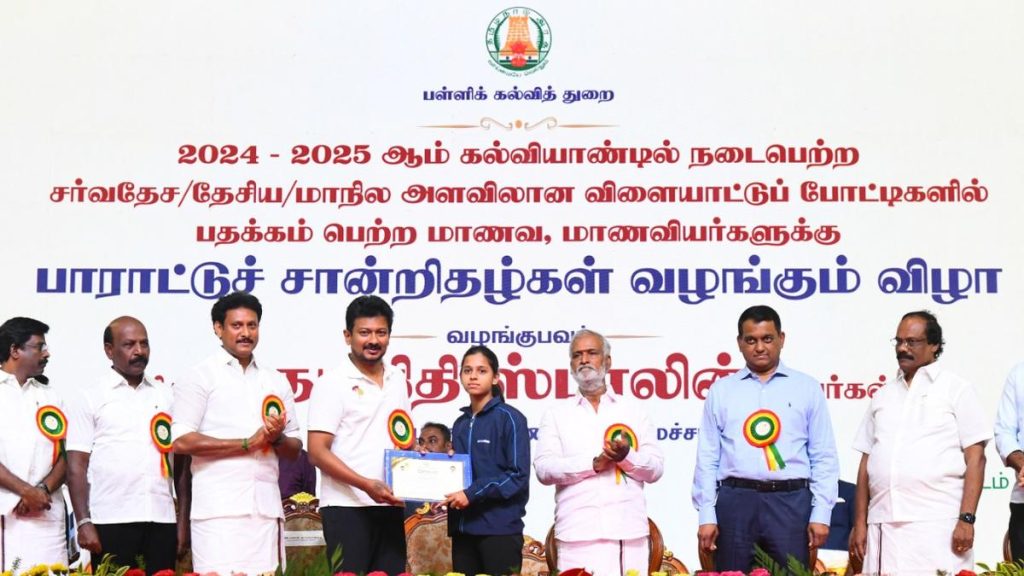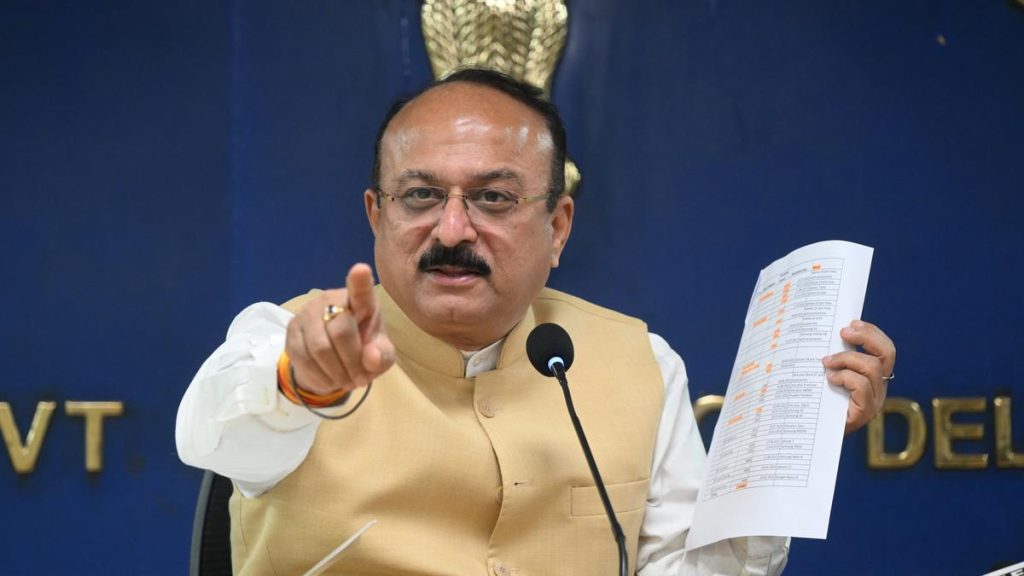Now Reading: New Quantum Gravity Theory Challenges Einstein’s Ideas
-
01
New Quantum Gravity Theory Challenges Einstein’s Ideas
New Quantum Gravity Theory Challenges Einstein’s Ideas

Fast Summary
- Physicists propose a new approach to quantum gravity, aiming to reconcile general relativity with quantum mechanics, through a reformulation of gravity.
- The framework avoids exotic features like extra dimensions (used in string theory) and relies solely on established physical constants.
- Gravity, in this model, is mediated by four interrelated fields akin to those governing electromagnetism in the standard Model of particle physics.
- This approach provides a consistent quantum theory for gravity while sidestepping issues such as infinite probabilities and negative physical values seen in earlier efforts to quantize general relativity.
- Unlike other models of quantum gravity requiring undetectable particles or forces, the proposed model can be tested using existing physical laws and parameters.
- However, it remains theoretical and faces challenges in addressing deeper questions like black hole singularities or Big Bang physics. Experimental validation may take decades due to the sheer weakness of gravitational interactions.
Indian Opinion Analysis
The new development represents an innovative step toward resolving one of science’s moast daunting challenges – uniting Einstein’s theory of general relativity with quantum mechanics. For India, wich has thriving research programs across both physics and astrophysics domains, this breakthrough offers exciting opportunities for collaboration at the frontier of fundamental science.
India’s ongoing projects like LIGO India (gravitational wave detection) could potentially benefit from advancements that improve our understanding of gravity. Furthermore, initiatives fostering global partnerships – such as India’s increasing role in scientific diplomacy – might position Indian experts at the center stage when experimental validations evolve.
While experimental verification may take years if not decades due to infrastructural limitations worldwide rather than technological stagnation alone, theories like this also reinforce STEM education priorities vital for India’s knowledge economy aspirations. They serve as critical reminders about long-term investments needed for large-scale collaborations exploring unanswered worldwide mysteries.

























